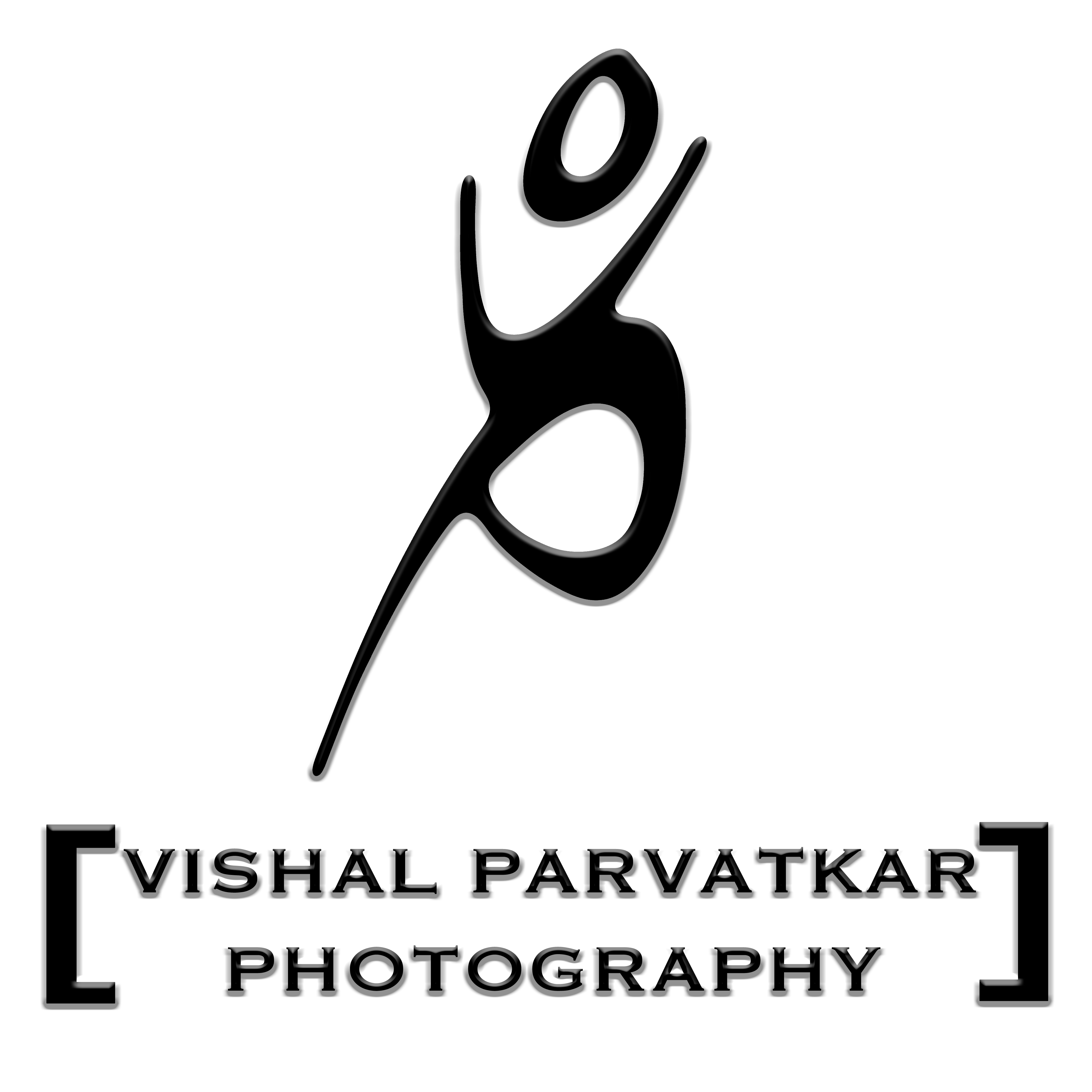In the world of e-commerce, product photography plays a pivotal role in influencing customer decisions. High-quality product photos not only grab attention but also build trust and communicate your brand’s value. Whether you're an entrepreneur launching a new product or a business looking to improve your online presence, mastering product photography is essential to make your offerings stand out.
In this comprehensive guide, we’ll walk you through actionable tips and tricks to showcase your products with the best possible visuals.
1. Choose the Right Product Photographer
The first step to getting great product images is choosing a professional product photographer. A skilled photographer knows how to capture the essence of your products while adhering to the platform's specific requirements, such as those for Amazon product photography.
Search for a product photographer near you or look for an affordable product photographer who specializes in commercial photoshoots. The right product photography studio will have experience with diverse product categories, ensuring that each image aligns with your brand.
2. Understand the Importance of Lighting
Good lighting is the backbone of any successful product photoshoot. Whether you’re working in a studio or taking photos on-site, soft, even lighting will enhance your product’s features and eliminate shadows. Natural light is great for certain types of products, while controlled studio lighting is often preferred for more intricate shots, especially for Amazon product photography and catalog photography.
3. Focus on Composition and Angles
The way your product is composed in the frame can make or break the shot. Here are a few essential tips:
Shoot from multiple angles: Ensure you cover every angle that highlights your product’s features, especially if it's for a platform like Amazon where detailed images matter.
Use simple backgrounds: A clean, white background is often the best option for product photography, as it allows the product to take center stage without distractions. For catalog and commercial photography, you may experiment with colored or textured backgrounds that suit the brand’s identity.
Framing and cropping: Leave enough space around the product so it doesn’t feel cramped. You can always crop later, but it’s harder to add space.
4. Use Props Carefully
When it comes to product photography, less is often more. While props can help set the scene, you don’t want them to overshadow the product itself. Use minimal, well-chosen props that enhance the product’s functionality or aesthetic appeal.
For example, in catalog photography, a pair of stylish shoes can be placed next to a simple handbag to show how the items complement each other. In Amazon photography, however, it's best to avoid props and focus solely on the product to meet platform guidelines.
5. Emphasize Product Details
Zooming in on important details, such as texture, color, and material, helps potential buyers feel more confident in their purchase. Detail shots are especially crucial in Amazon product photography, where customers rely solely on images to make their decisions.
When hiring a product photographer, ensure they understand the importance of close-up shots, particularly for products with intricate designs, textures, or features that set them apart.
6. Post-Processing Matters
Even the best product photos can benefit from a bit of post-processing. Editing tools like Adobe Photoshop or Lightroom can enhance color accuracy, remove blemishes, and adjust brightness for a polished final look. For Amazon photoshoots and commercial photoshoots, it’s crucial to maintain consistency across all images to establish a cohesive brand image.
Professional photographers often include post-production in their services, ensuring that every image meets your brand’s standards and platform-specific requirements.
7. Keep Your Target Audience in Mind
Whether you're creating product photos for a corporate catalog or preparing Amazon photography for an e-commerce listing, always keep your target audience in mind. Are they looking for functionality, aesthetics, or something else? Tailoring your photography to their preferences can significantly boost engagement and conversions.
For example, if you’re targeting a luxury audience, focus on elegance, minimalism, and sophistication. If you're appealing to budget-conscious consumers, your photos should emphasize value for money.
8. Stay Updated with Industry Trends
Product photography trends evolve as fast as marketing trends do. With video content and social media playing a significant role in modern marketing, consider integrating lifestyle photography or short videos into your product visuals. You can create dynamic content that captures attention across multiple platforms, including Instagram and TikTok.
9. DIY or Hire a Professional Photographer?
While DIY product photography can save costs, the quality of images may not always meet professional standards, especially for platforms like Amazon. Hiring an affordable product photographer or a product photography studio that specializes in your industry is an investment that often pays off.
At Vishal Parvatkar Photography and Video, we provide expert product photography services tailored to your brand’s specific needs. Whether you require detailed Amazon product photography or commercial photoshoots, we ensure that your products shine in every image.
Conclusion
In today's competitive market, investing in high-quality product photography is crucial to making your products stand out and attract customers. Whether you're looking for Amazon photography, catalog photography, or just great product visuals for your website, following these tips will ensure you create stunning, effective product photos.
If you're ready to take your product images to the next level, contact Vishal Parvatkar Photography and Video today. We’re here to help you showcase your products in the best light possible!
